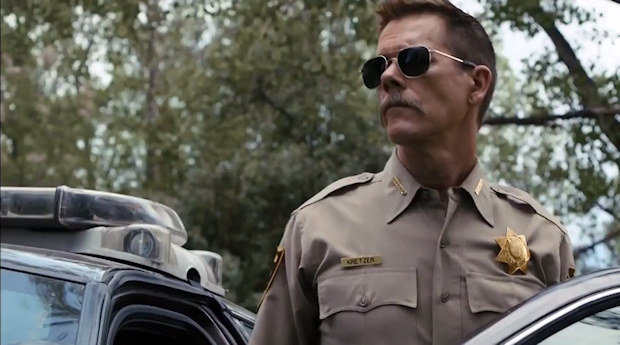There’s one passage from this New York Times back-and-forth between A.O. Scott and Manhola Dargis that really jumped out at me:
…it’s often noted that middle-sized nonfranchise movies are being squeezed almost out of existence, that the industry is split between the very big — the globally released, audience-gobbling franchises — and the very small, which increasingly means movies that will be streamed and downloaded more than they are seen in theaters. Is that a dismal picture? In some ways, yes. I wish more ambitious directors had budgets of $20 million or $30 million for their dream projects.
That’s very true. On a recent episode of The Nerdist podcast, Kevin Bacon was talking about his recent movie Cop Car and he said that 20 years ago this would have been a $25million dollar studio movie, not a small-budget indie. Expanding on that, it would have been given a modest but till notable marketing push by that studio, somewhere south of the tens of millions spent on something like Age Of Ultron but well north of what it wound up getting, which seemed to be minimal.
It’s almost to the point where there’s little to no advertising and marketing infrastructure any more even if there were these mid-level movies if they’re not targeted at teens. So a movie like Fun Size a couple years ago got a decent push that, from an outsiders point of view, seemed to be proportional with its $14m production budget. But a movie that’s directed at adults it can be a lot harder for studios to even find platforms on which to reach them. They can do some Twitter advertising and maybe run some pre-roll on YouTube but it’s hard to see how these kinds of movies get a big TV push.
So we’re seeing a situation where not only has the production landscape shifted to not be friendly to these kinds of films but the distribution and marketing paradigms have changed as well. That means filmmakers who used to be able to count on a decent marketing push for their $30m movies are instead going to have to first make that movie for $10m and then market it in the same way as truly independent movies or (gasp!) TV shows, with podcasts, social media and more.
